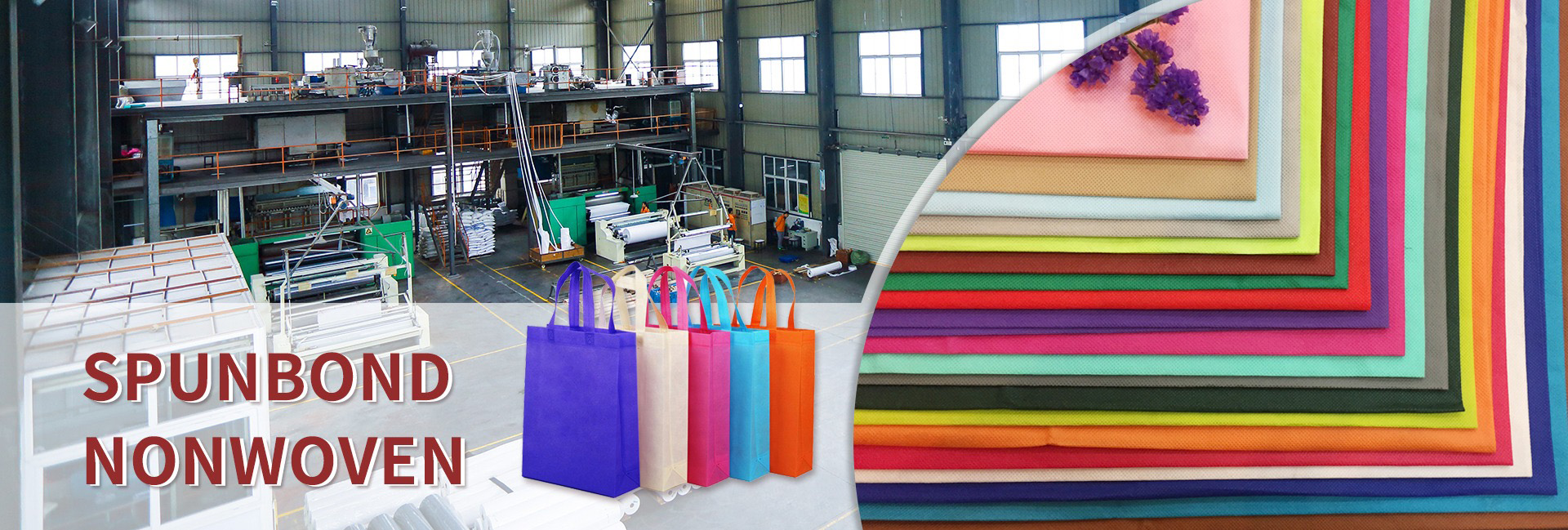The relationship between non-woven fabrics and dust-free fabrics is a relationship of inclusion and inclusion. Simply put: all dust-free fabrics are non-woven fabrics, but not all non-woven fabrics are dust-free fabrics.
Nonwoven fabrics
Definition: It is a general term for a manufacturing process. It is not woven or knitted by warp and weft yarns like traditional fabrics, but directly bonds fibers (such as polyester, polypropylene, viscose, nylon, etc.) together by physical (mechanical entanglement), chemical (adhesive) or hot melt (thermal bonding) methods to form a sheet, web or pad material.
Features: Diverse production processes, relatively low cost, strong designability (different processes and fibers can give different characteristics), and may not have clean performance.
Applications: Extremely wide, including but not limited to: medical masks/protective clothing, sanitary products (wet wipes, sanitary napkins, diapers), shopping bags, filter materials, geotextiles, household items (tablecloths, sheets), clothing linings, agricultural coverings, packaging materials, etc.
Cleanliness: Ordinary non-woven fabrics may produce fiber scraps or particles during production and use, which cannot meet the requirements of clean rooms.
Dust-free cloth
Definition: It is a wiping material specially designed, produced and packaged for clean environments (such as clean rooms in semiconductor, electronics, biopharmaceuticals, precision optics, aerospace and other industries). It is a functional non-woven fabric.
Core requirements: It has extremely low dust generation (very few particles released by itself) and excellent liquid/dust absorption capabilities. It must be able to effectively capture and contain pollutants (particles, liquids, grease, etc.) generated during the wiping process, rather than re-releasing them or causing secondary pollution.
Manufacturing characteristics: It is usually produced and cut in a strictly controlled clean environment using specific processes (such as meltblowing, spunlace, etc.) and high-quality, clean fibers (such as continuous polyester filaments), and is specially cleaned and packaged (such as vacuum packaging, clean room packaging).
Special treatment: It is often treated with edge sealing to prevent edge chipping; sometimes it is treated with anti-static treatment (adding conductive fibers or anti-static coating) to prevent static electricity from adsorbing dust or damaging sensitive components.
Application: Specially used in situations where strict control of particle contamination is required, such as cleaning the surface of precision instruments, optical lenses, semiconductor wafers, LCD panels, medical equipment, pharmaceutical equipment, etc.
Key differences and connections
Nonwoven Fabric
The essence is a manufacturing process category (a general term for a large category of materials). The core purpose is to provide nonwoven structural materials to meet a variety of general needs. There is no guarantee that ordinary products are prone to dust/fiber scraps. The manufacturing environment is an ordinary production environment. The fiber selection is wide, and the production process is diverse (spunbond, meltblown, spunlace, needle punching, etc.). The edges are usually not specially treated, not necessarily anti-static, and ordinary packaging. The application field is extremely wide (medical, hygiene, packaging, agriculture, etc.).
Cleanroom Wipe
Lint-Free is essentially a product with specific functions (a subcategory of non-woven fabrics). Its core purpose is to strictly control particulate contamination. It is used for wiping in clean environments. It has extremely high cleanliness requirements, extremely low dust generation, strict control of pollutants, and strictly controlled clean environments. The fibers are selected to be high-quality, clean, and of specific types (such as continuous filament polyester). The production process is a specific process (usually melt-blown, spunlace, or a combination thereof). The edges are often laser-melted or hot-melt-sealed to prevent chipping. Anti-static treatment is often performed. Special dust-free packaging (vacuum, clean bags, etc.) is used. The application field is highly specialized (clean rooms such as electronics, semiconductors, precision instruments, and biopharmaceuticals).
Conclusion
Non-woven fabrics are a large family of materials that include products of various processes and uses. Dust-free cloth is a highly specialized branch of this family that has extreme requirements for cleanliness. It is made using non-woven fabric technology, but every link in the selection of raw materials, production process (especially environmental control), post-processing (edge sealing, cleaning), packaging, etc. follows strict standards that far exceed ordinary non-woven fabrics to ensure that it meets the ultra-low dust generation, high cleanliness and good pollutant holding capacity required for clean room wiping.
So, when you use dust-free cloth, you are using a special type of non-woven fabric that is born for clean environments.
Dongguan Liansheng Non woven Technology Co., Ltd. was established in May 2020. It is a large-scale non-woven fabric production enterprise integrating research and development, production, and sales. It can produce various colors of PP spunbond non-woven fabrics with a width of less than 3.2 meters from 9 grams to 300 grams.
Post time: Jul-29-2025

